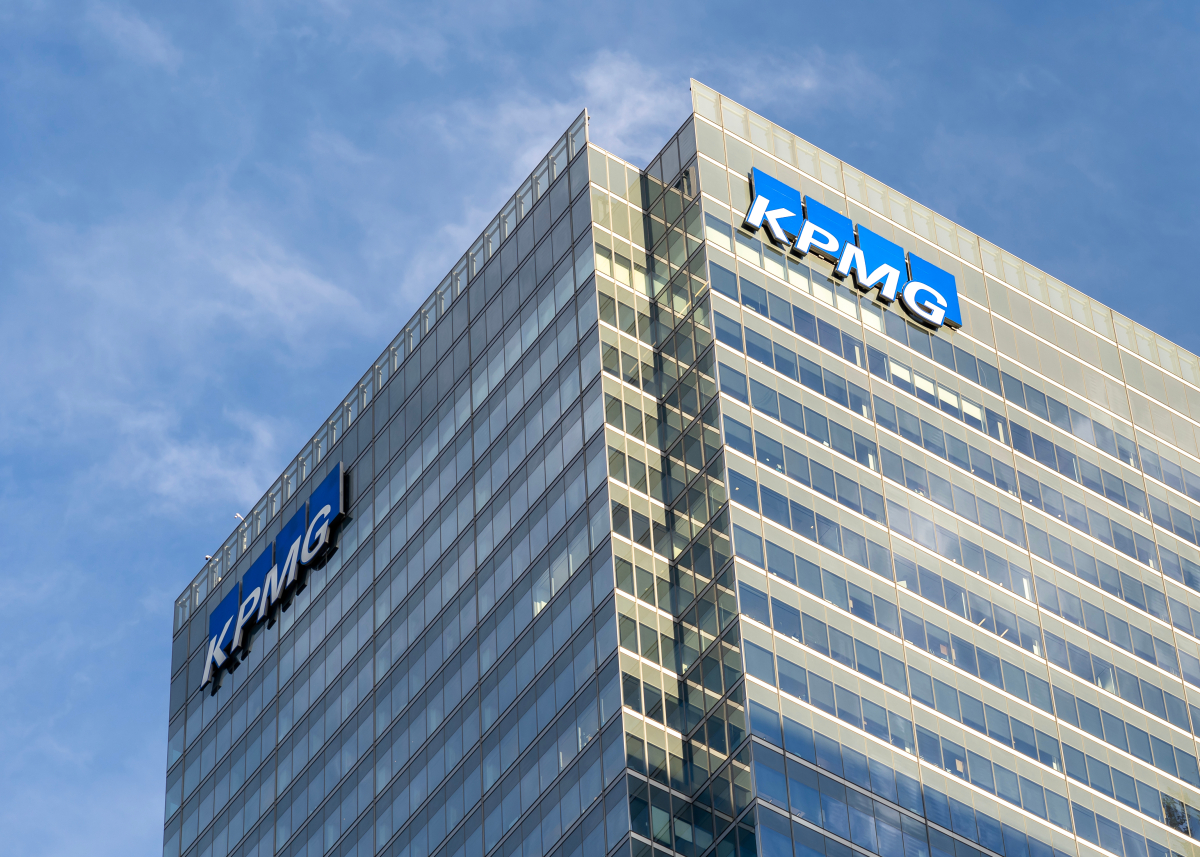A month with the Pixel Fold: Too good in the wrong place
Four years ago, Samsung started the foldable trend with the Galaxy Fold. That’s four years in which other manufacturers had time to draw inspiration from the devices and learn from the mistakes they made. With the Pixel Fold, Google has now released its first foldable. I was allowed to use it for a month – these are my experiences.
First, foldables are nothing new to me. In the past, I was able to hold the foldables from Samsung in my hands for many videos and even test the Galaxy Z Flip 3 myself. As a Pixel user, it was all the more exciting for me to see Google’s interpretation of this form factor in action.
Contents
Pixel Fold design and feel
The Pixel Fold had already made a good first impression in our hands-on. Google is going its own way with the design of the Pixel Fold – at least if you look at the German market. The 5.8-inch external display is not only smaller than most currently popular smartphones, it is also significantly wider. Despite its weight of 283 g, it lies comfortably in the hand and can be operated properly, at least with my hands.
Admittedly, the internal display opens a little harder than I am used to from other foldables. In return, the fold snaps shut with a satisfying “snap” sound thanks to a few magnets.
Overall, we don’t see any signs of wear and tear on the hinge and the folding display after the first month – in contrast to some endurance tests. How well Google’s engineers have worked here will only become apparent after a few months or years of use.
The Pixel Fold in everyday life
The external display has a brightness of 1,200 nits and can display up to 1,550 nits at its peak. So I had no problems with the readability of the display even in the best July weather.
And those who are used to pixel smartphones will get one with the Pixel Fold typical pixel delivered: The software is known with Google’s bloat-free Android, specially adapted for Pixel, the built-in Tensor G2 already delivers good performance in the Pixel 7 Pro (test).
Only the battery life can be difficult: At 4,821 mAh, the battery is slightly smaller than that of the Pixel 7 Pro, but of course has to drive the larger folding display at the same time. It was not uncommon for me to get a warning message when folding in the evening that the battery level had fallen below 20 percent. This has happened to me much less often with other Pixel smartphones. However, the fold survives a day with one battery charge.
The camera: Usual pixels
If you are already paying a lot of money for a foldable, you can also expect a good camera.
Google has decided to install a slightly slimmed down version of the Pixel 7 Pro camera. That means: The main camera has a resolution of 48 instead of 50 megapixels with smaller pixels on the sensor, the ultra wide angle has shrunk from 12 to 10.8 MP, the 5x telephoto lens has a sensor with 10.8 instead of 48 megapixels, but with larger pixels.
As a result, the photos shine with the “typical” pixel quality. The photos are not “gaudy” like those of other smartphone manufacturers, the software from Google still adjusts a few things. At best, night shots can be problematic.
A small bonus feature: the rear camera can also be used for selfies after pressing a button. So even ultra-wide-angle selfies are easily possible. Or 5x telephoto selfies, for whatever reason you’d want that.
The big display… now what?
As mentioned, Samsung started the foldable trend four years ago. However, many app manufacturers have not yet jumped on it. As a result, most third-party apps are still not available in the wide format for foldables.
If you only use Google apps, you will find broad support for the display format. In addition, normal surfing on the mobile Internet is convincing with the wide display. In addition, the self-shot photos look a lot more impressive on the large display.
Videos can be consumed rather reluctantly on the large display: Videos in widescreen format (which is almost all these days) are hardly displayed larger than on regular smartphones, at most the black letterbox bars at the top and bottom grow.
Multitasking in particular offers real added value. Pinning one app on the right and the other on the left is easy.
And otherwise you leave the smartphone folded up. The Pixel Fold’s greatest strength may also be its greatest weakness. The external display is so pleasant to use that I have rarely seen any reason to unfold the display at all in the past few weeks. Seeing your own pictures in large is a nice function, the selfie function also makes sense, but beyond that I didn’t see any added value compared to normal smartphones.
A lot of pixels for a lot of money
With an RRP of 1,899 euros, the Pixel Fold is really not a snapper and is only interesting for those who are already interested in foldables anyway.
The convincing displays and the software known from Google with a long update supply speak in favor of the Pixel Fold. If you don’t care about the pixel experience, you should find a much cheaper alternative in the competing product from Samsung, the Galaxy Z Fold 4. Or you wait a bit until Samsung makes its own foldable even more attractive with a successor.
So the Pixel Fold looks more like a feasibility study to me. Google showed you can. Now all that’s left to do is the third-party software to keep up.

